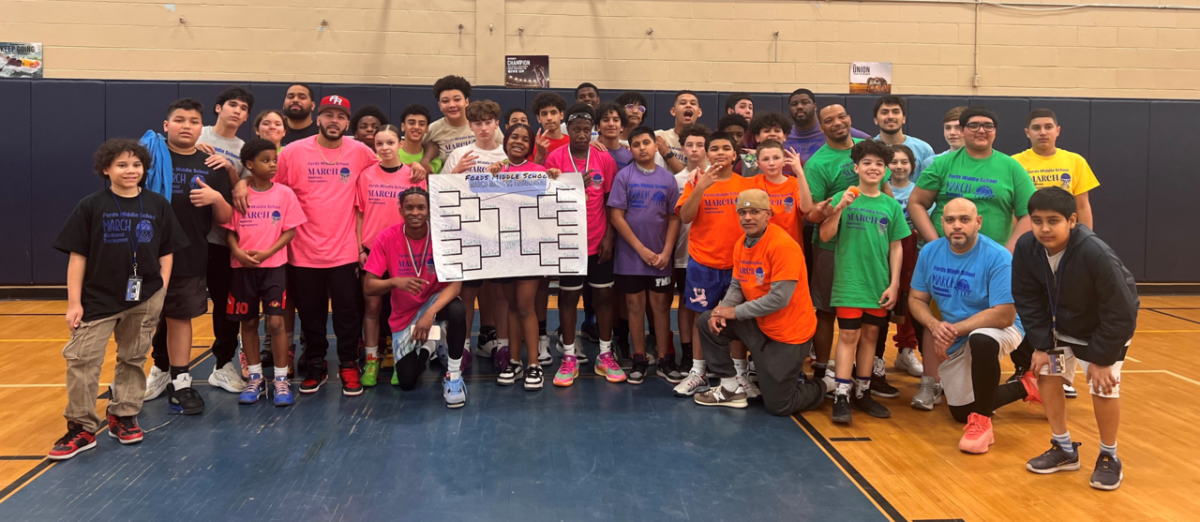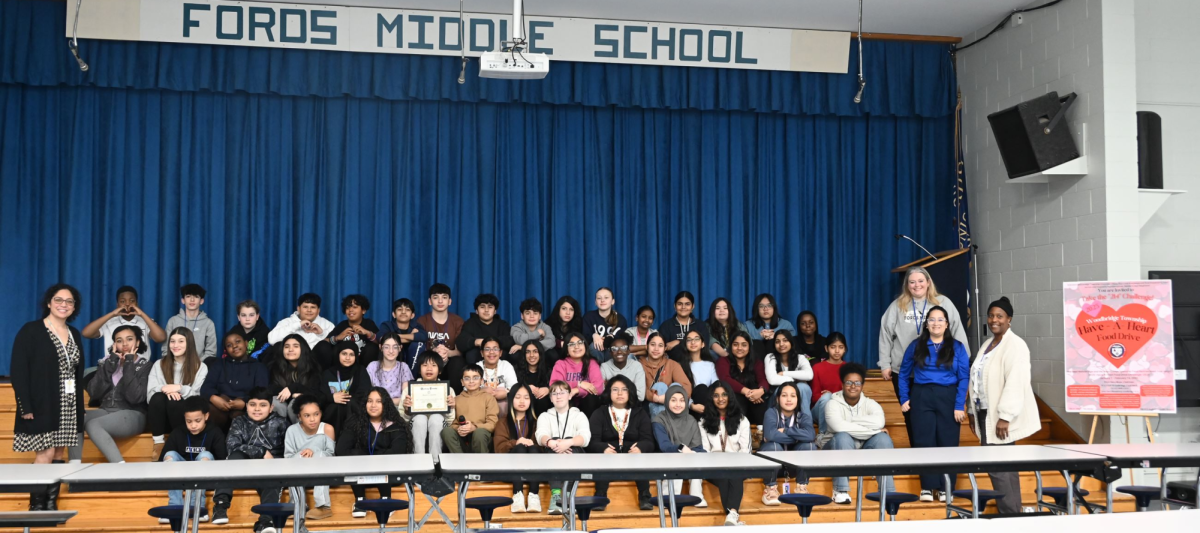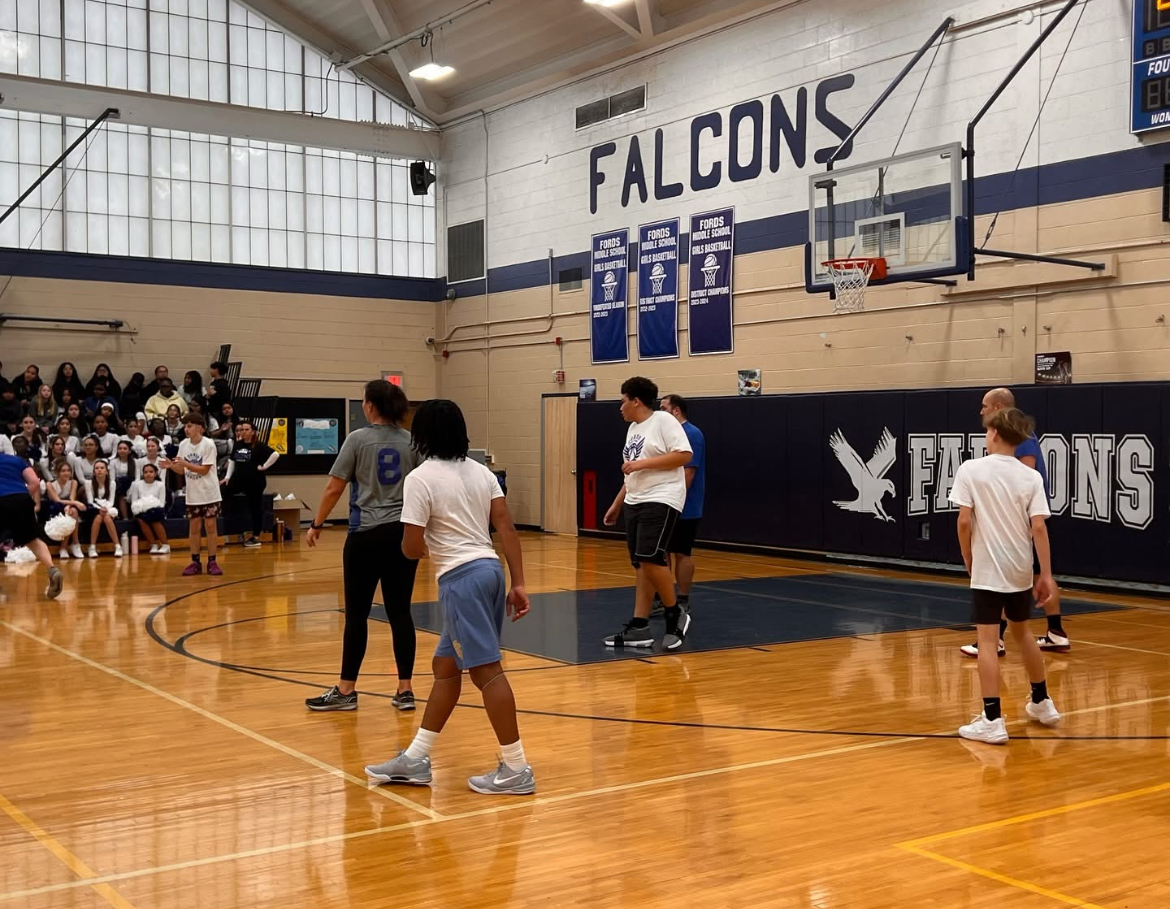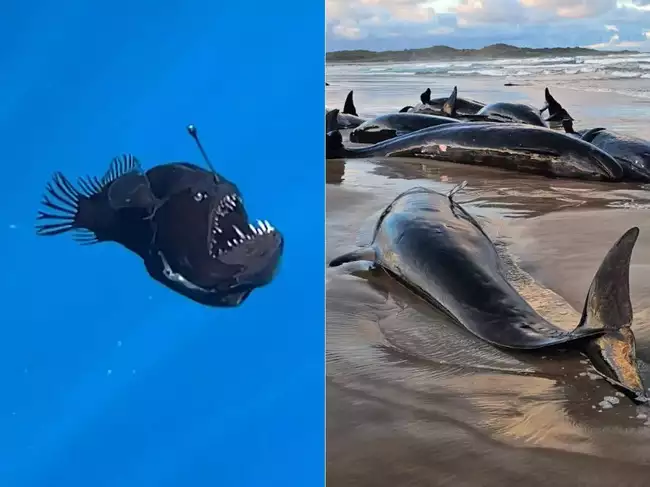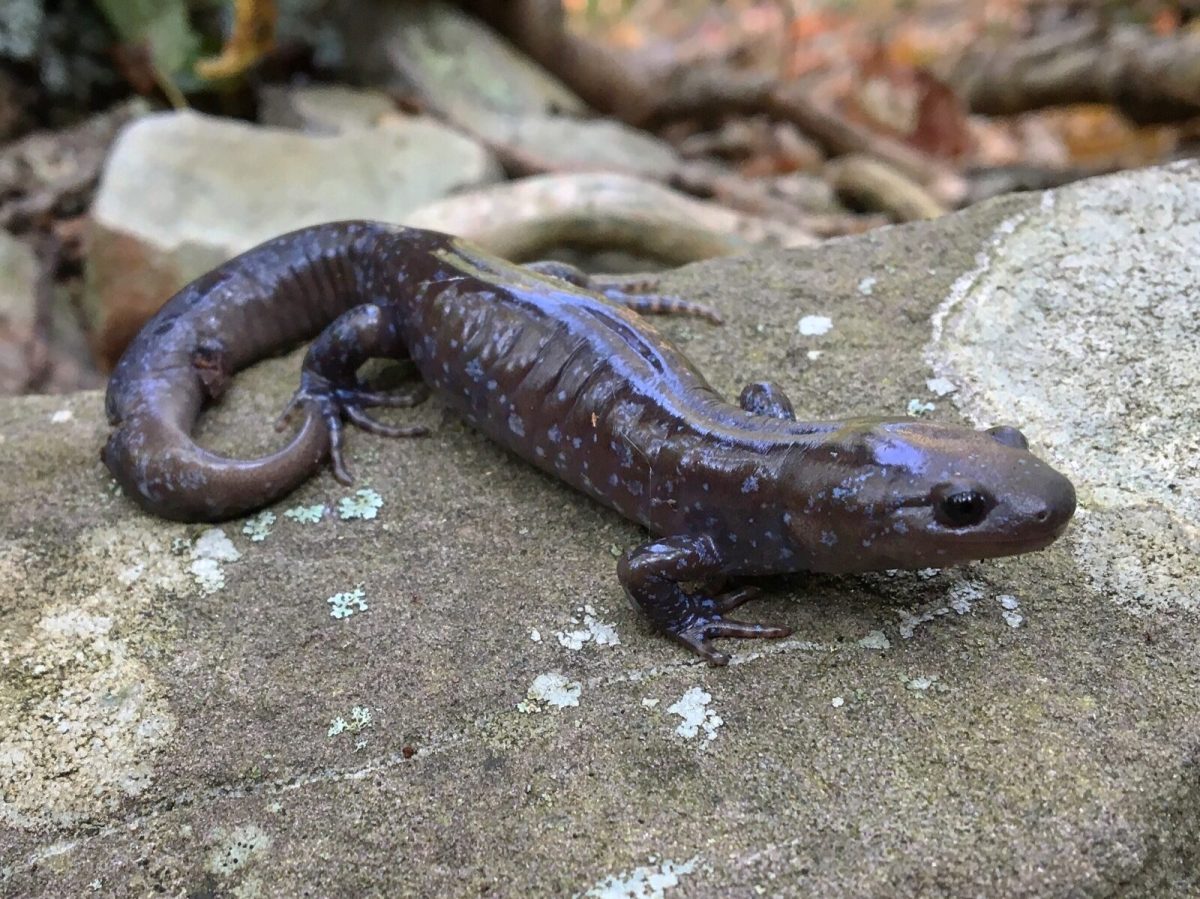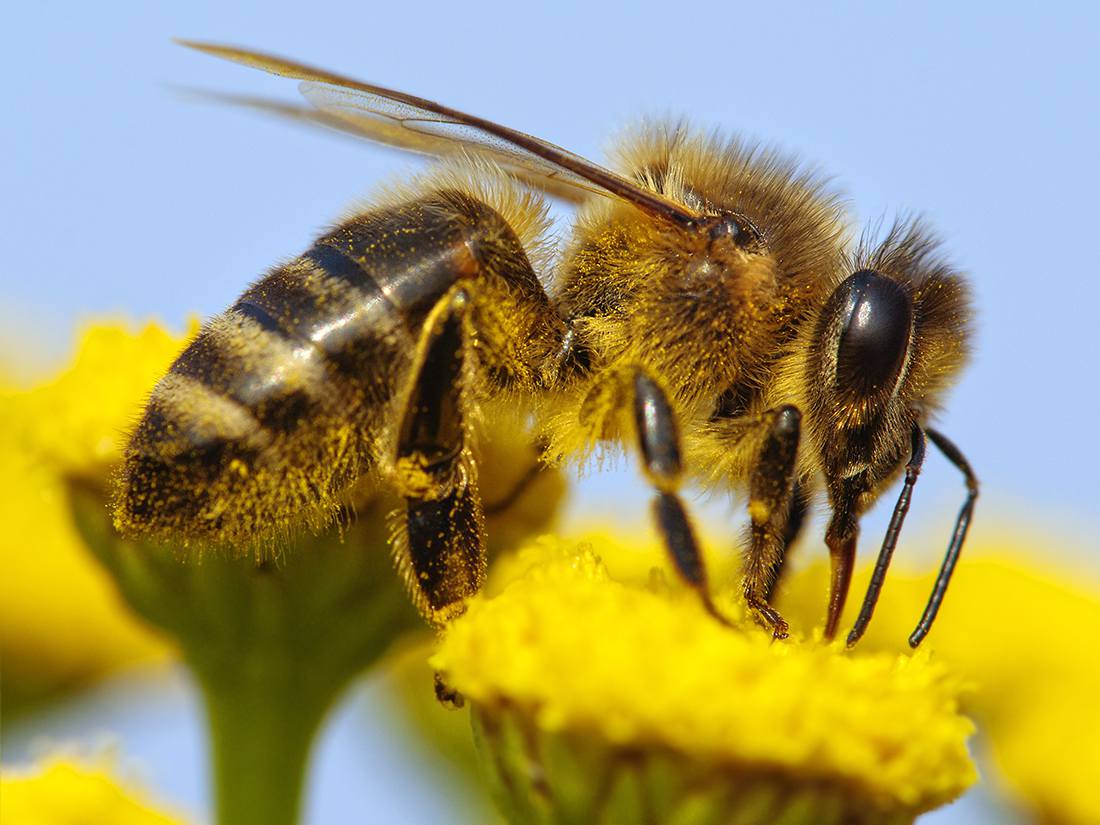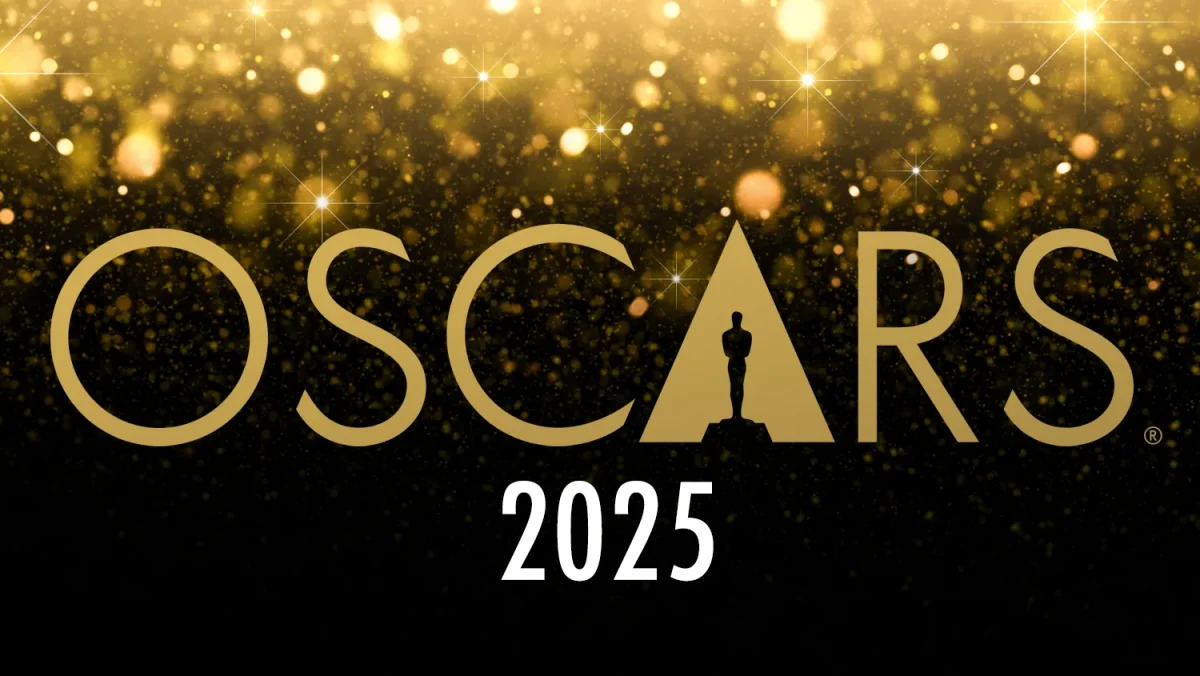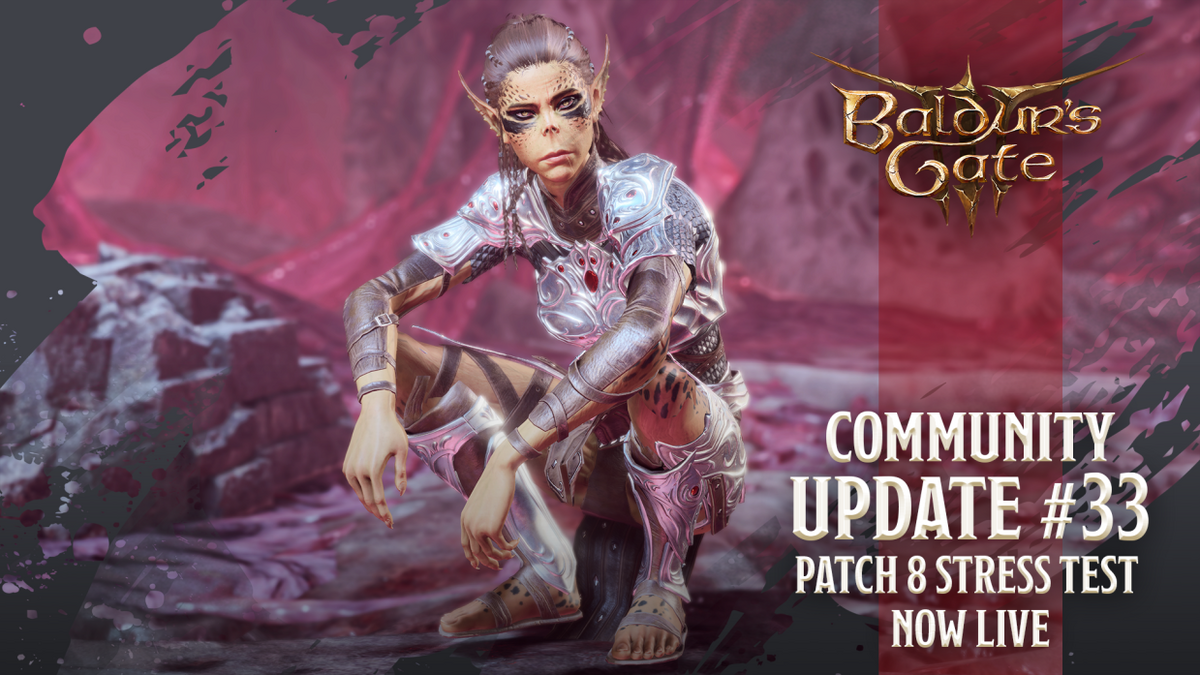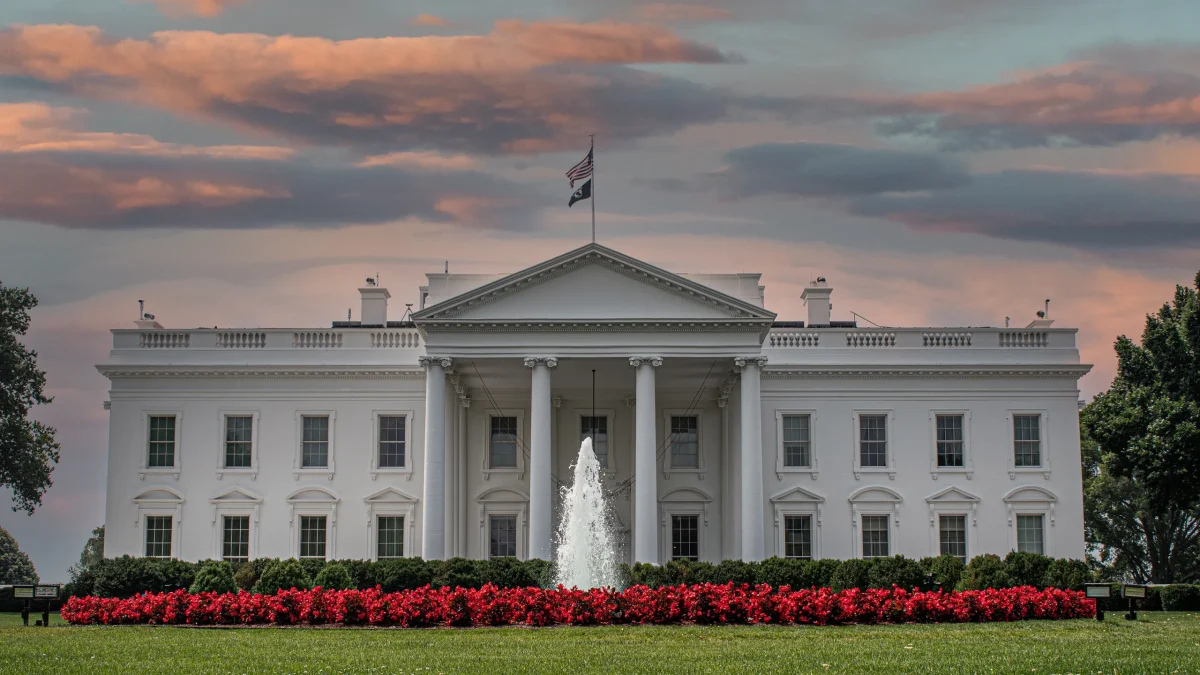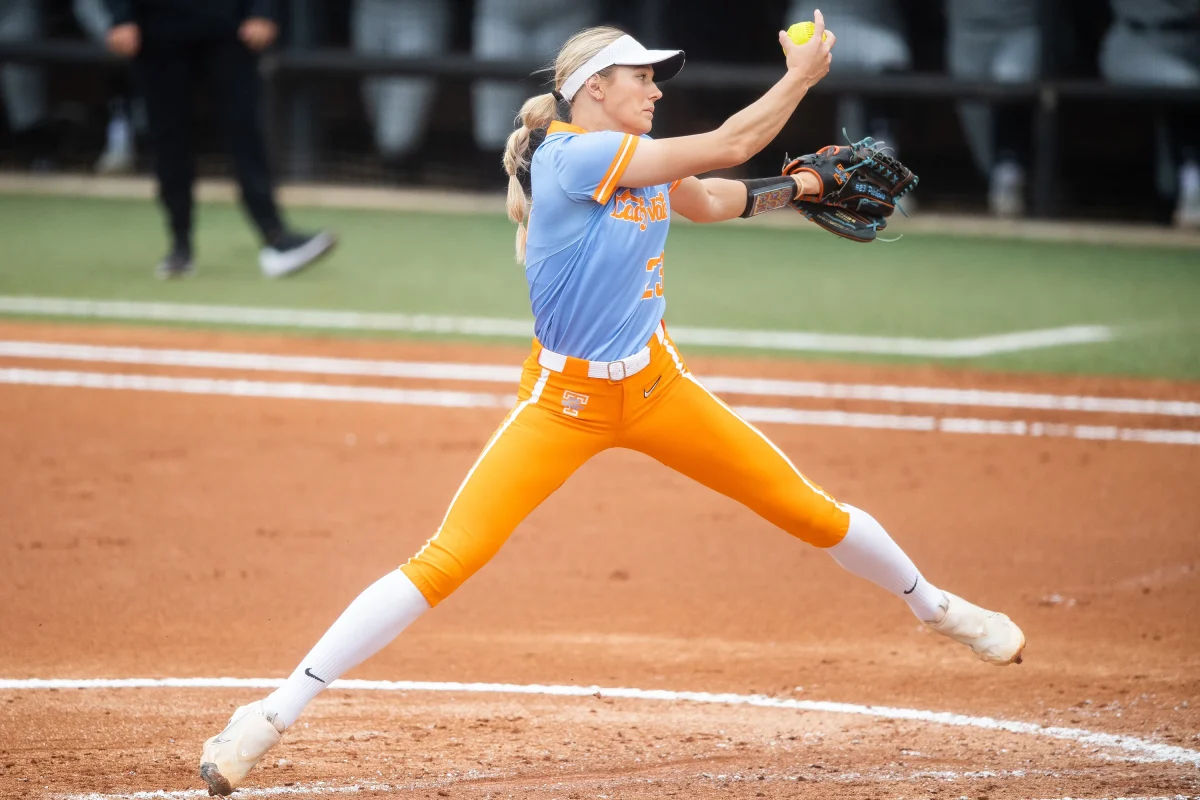In October of last year, the first woolly mice were born in a laboratory owned by Colossal Biosciences. Scientists there genetically engineered the mice in hopes of getting closer to being able to bring back the woolly mammoth.
Because of the discovery, scientists are getting closer to the secrets of de-extinction, or bringing back animals that are already dead, which could help with endangered species today.
The creation of the woolly mice was first announced last month on March 4th. The mice, called colossal woolly mice, were created using the most recent genetic engineering techniques.
The scientists first started by identifying genes that made mammoths how they are, such as their fur and how they metabolized their fat. They compared samples of mammoth genetic materials to today’s modern elephants.
After that, they had to look into the mouse to find similar genes. They engineered the mice DNA by making changes and combinations on what they saw in the woolly mammoth to hopefully create something similar.
The mice came out with golden coats of hair and even the same fat that the woolly mammoth had. Because of the fat, the mice are able to survive in cold habitats just like a woolly mammoth.
Over 121 elephants of all kinds had to be analyzed to create the mice. The first was born in October and in total, there are now 32 of the woolly mice.
Because of it now being possible, the scientists hope to edit the genes of elephants so that they can make something as close as possible to a woolly mammoth.
However, should it even be done? Some people think it should be done, but others think it shouldn’t due to the many problems that would come with it.
There are many problems with reviving the woolly mammoth, such as where it would live. The habitats that mammoths used to live in are no longer in the world and they would most likely have to be held in captivity. At that point, what would be the point of bringing them back ?
It would also cost a lot of money, time, and resources which could be spent on doing things that are more important. Fords Middle School student Abass thinks, “No. I don’t think they should bring back the woolly mammoth.”
But some people think that it would be good because of the advancement in genetic engineering and the excitement that comes with it, such as Fords Middle School student Jadiel. “It would be cool if they came back.”
The scientists at Colossal Biosciences are also working on bring back other extinct species such as the dodo, an ancient bird and the dire wolf.
